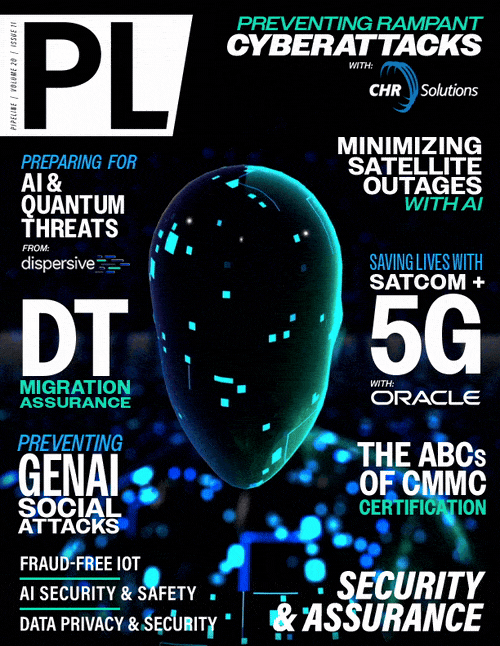SATCOM + 5G: Resilient Communications
Services to Save Lives in Disaster Zones
By: Anil Rao

Terrestrial networks are often destroyed or severely damaged during natural disasters, or the disaster location is so remote that the connectivity simply doesn’t exist in the neighborhood. Consequently, the first responders and rescue agencies that put boots on the ground are severely restricted in their ability to perform their duties and save lives. In such situations, SATCOM has been the preferred choice for critical comms but has traditionally required expensive specialist equipment with limited features, making it prohibitive for widespread use. Looking beyond natural disasters, there are several remote businesses that face a similar challenge. For example, oil rigs operating in deep seas or container ships carrying valuable cargo are today limited to SATCOM-only connectivity.
Private 5G Could be the Answer
The rapid maturity of mobile private networks, first with 4G and more recently with 5G technology, has unlocked a whole raft of market opportunities to address use cases that have traditionally relied on wired and Wi-Fi connectivity. Aided by the ‘cloudification’ of several components of the mobile network, most notably the mobile core, it is now possible to quickly spin up a dedicated mobile network to serve a specific set of use cases, devices, and users. This includes locations such as a mine, university campus, port, or in this case, a natural disaster site.
A rugged private 5G network (including a cell-on-wheels radio and 5G cloud core) drop-shipped to a natural disaster site can provide the short-range critical comms capability for the rescue staff on the ground. It can also enable advanced use cases, such as drone-based surveillance, by providing reliable, low latency communications, thereby boosting the overall capabilities and efficiency of the rescue operations onsite.
SATCOM + Private 5G
Interconnecting the private 5G bubble at the disaster location with SATCOM provides critical, long-range backhaul connectivity to internet and a comms link to the outside world, including cloud and other applications. One could think of a whole variety of use cases this would enable, including live video streaming from the disaster site for further analysis, potentially powered by AI, facilitating remote medical care and more. At a minimum, the local first responder teams can take advantage of the SATCOM connectivity to communicate with a central command center overseeing the rescue mission for better coordination of the overall operations.

Figure 1 - SATCOM + 5G Network
The portable nature of the private 5G network, combined with the ubiquitous nature of SATCOM, makes the SATCOM + Private 5G combination highly attractive as a rapid deployment option for similar humanitarian, governmental, and commercial use cases that need resilient communications. SATCOM operators are already trialing SATCOM + 5G network solutions with customers. For example, SES has worked with the Taiwanese government to develop a solution to restore cloud services in a disaster scenario. In another instance, SES demonstrated a Digital Twin use case based on IoT telemetry data transmitted from remote maritime vessels and oil rigs.A reference depiction of a SATCOM + 5G network is shown above (Figure 1).



















